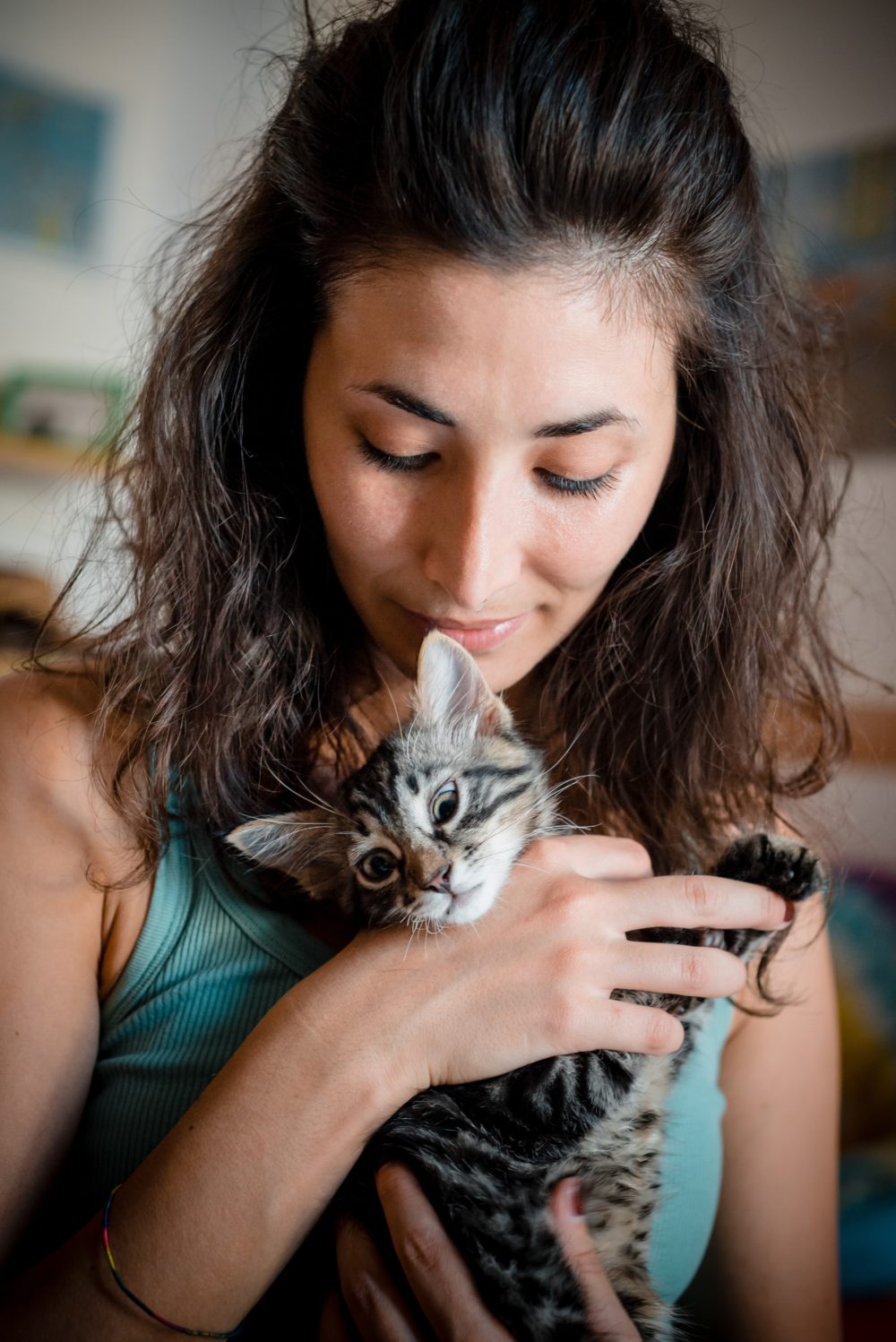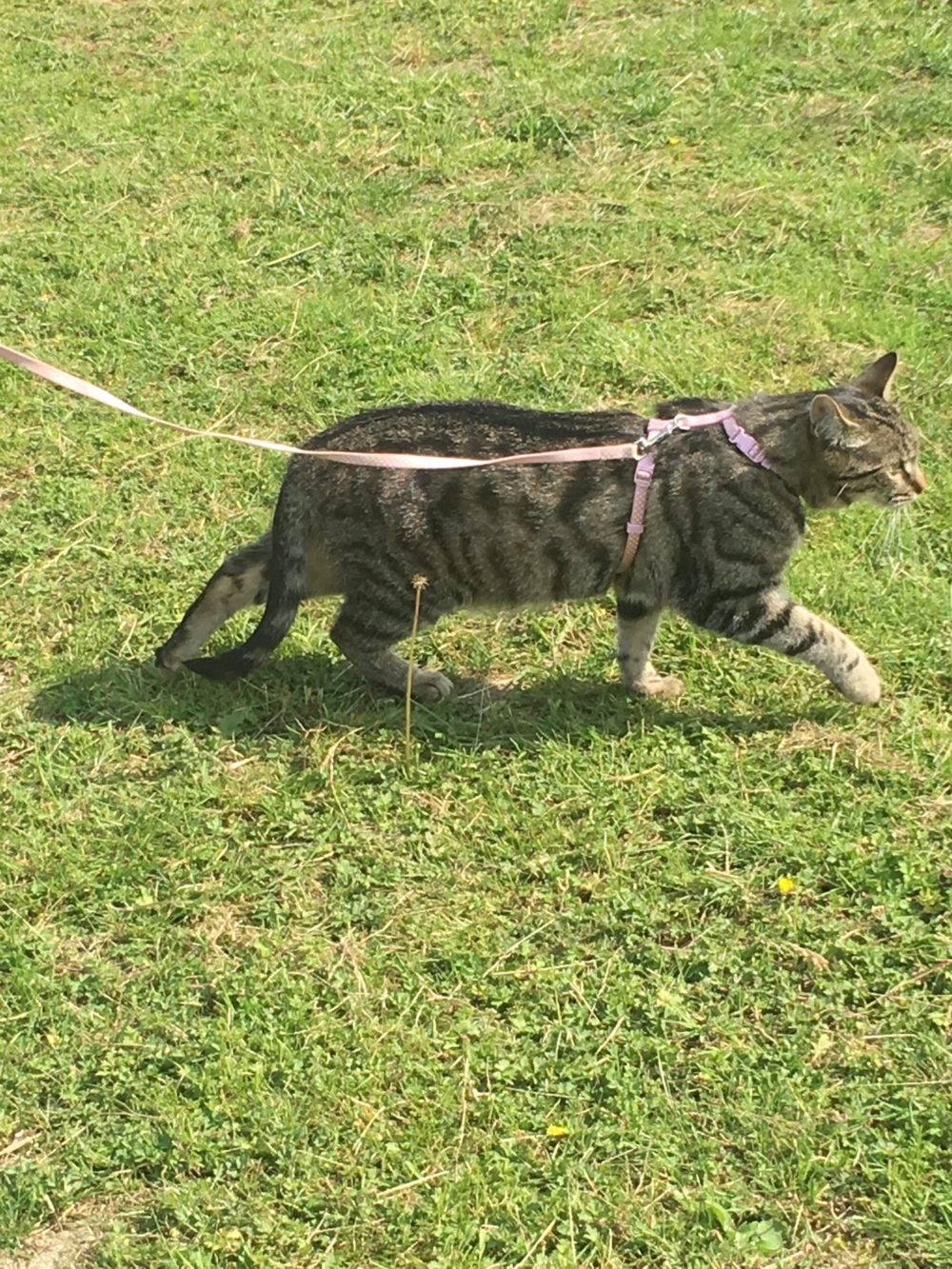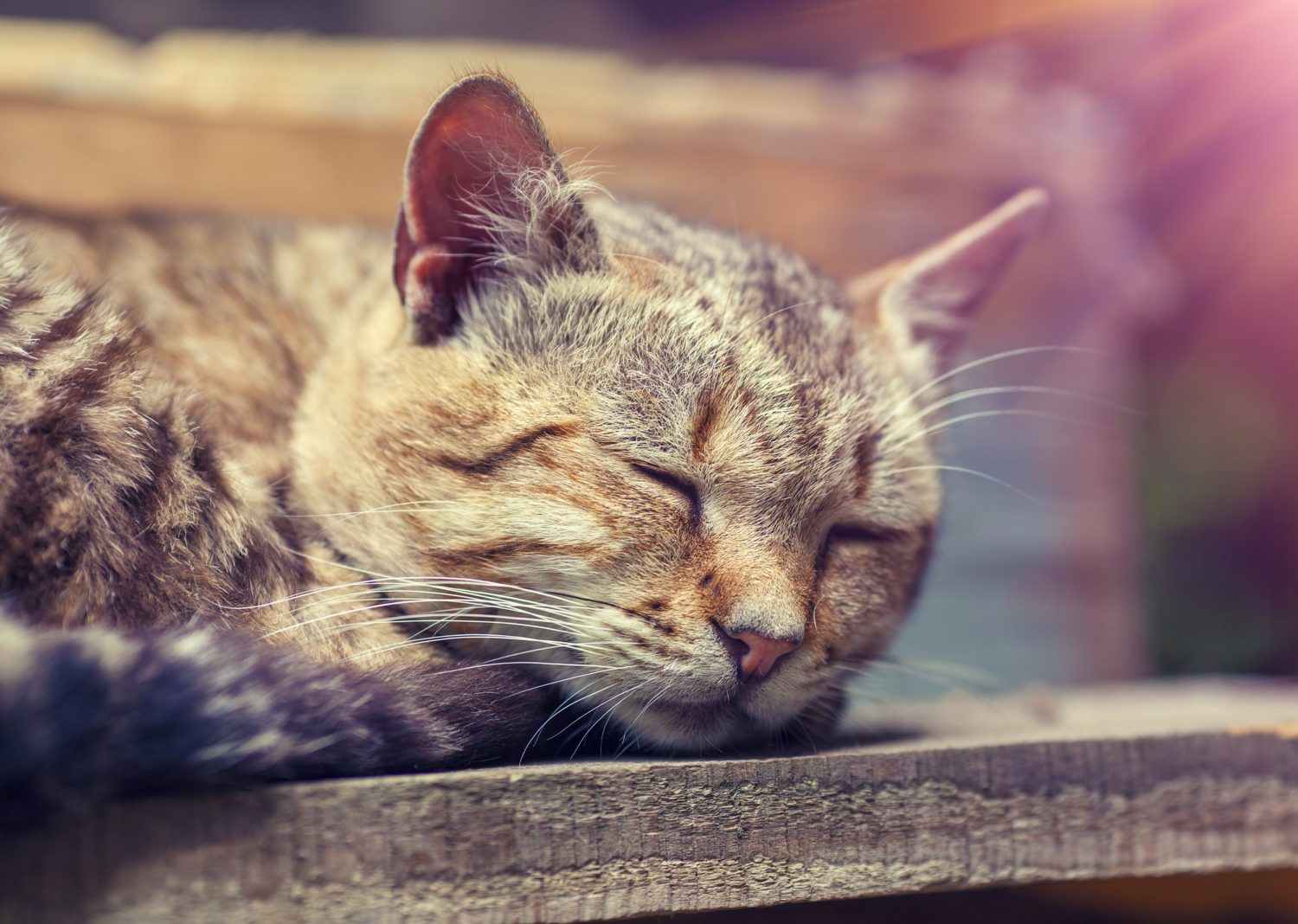
Best foods for a toothless cat
The main reason an adult cat may lose her teeth is due to gum disease, and older cats are most at risk or it may be that your cat has had to have them removed by surgery for other various reasons. Either way, it’s important to understand the best way to feed your cat to ensure she’s still receiving the calories and the nutrients needed to remain healthy.
Why do cats lose their teeth?
Just like humans, cats firstly develop milk teeth. These milk teeth appear in the first 3 to 4 weeks of a kitten’s life. The first milk tooth is usually lost at about 3-4 months and by the time the kitten is around 9 months old adult teeth should have come through. Adult cats have 30 teeth in total which are made up of 12 incisors, 10 premolars, 4 canines and 4 molars. If these adult teeth are removed, damaged or fall out, they will not be replaced.
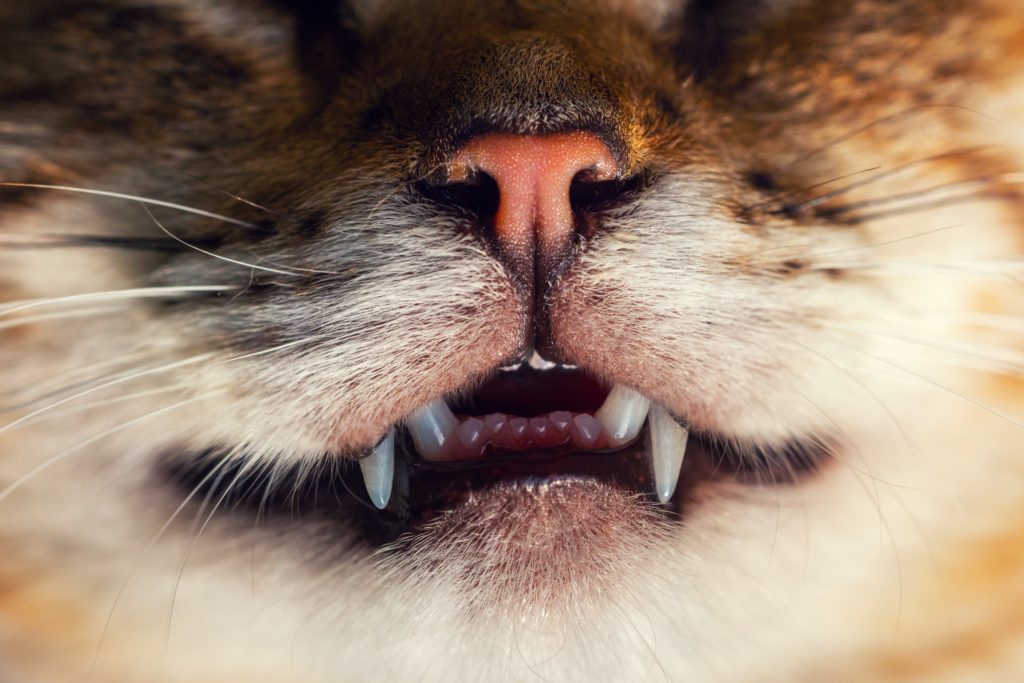
Most cases of tooth loss in adult cats is due to oral problems, mainly gum disease. A build-up of plaque caused by allowing food particles and bacteria to accumulate along the gumline, can develop into tartar. Left untreated, this tartar builds up under the gum and separates the gum and the teeth. Bacteria can then infiltrate and grow and can cause irreversible damage. Prevention is better than cure and if your cat is showing any signs of dental problems then a visit to your veterinary is essential.
Gingivitis is considered the earliest stage of periodontal disease and is reversible. The gums will be inflamed and there will be some plaque present, but the gum surface will be smooth. A visit to the vet at this stage could avoid a great deal of oral discomfort for your cat.
Symptoms of oral problems in cats
The following symptoms could mean your cat is suffering from inflammation of the gums, or gingivitis;
- Persistent bad breath
- Loss of appetite
- Difficulty chewing or eating
- Red, swollen or bleeding gums
- Excessive licking
- Pawing at the face
- Drooling or unable to close their mouth
- Discoloured teeth or yellow deposits on the teeth
- Legions or pus around the mouth
- Loose or missing teeth
- Stomach or intestinal upsets
A visit to the veterinary is essential if any of these symptoms are observed. A thorough clean of the teeth or scraping away the tartar may prevent irreversible damage, but it may be the case that some teeth may need to be removed. Your veterinary will be able to recommend the best treatment and advise on future oral care.
If it is the case that your cat loses some or all of her teeth, adjustments may be required to their feeding routine to ensure your cat still receives all the nutrients, energy and goodness she requires to remain healthy.
Best foods for a toothless cat
- Soft, canned food is readily available and in various forms such as pate, terrines, soups, soft flakes of meat with gravy, all available in a vast range of flavours. No chewing is required and can be licked. They will be gentle on the gums and will include key nutrients for health and viability.
- Some toothless cats can still manage dry food albeit eating it a little slower. It is recommended to observe them initially, if they swallow the dry pieces whole it can lead to gastrointestinal issues. Try crushing the food into smaller pieces if this happens.
- Try mixing dry food with liquid or broth, or crushing some of the dry food into the wet food.
- Cooked meat such as chicken or fish can be served in smaller flaky pieces.
- Blending or mashing the wet food can help to create a smoother, easy to swallow meal. This is especially helpful if the gums are infected or still sore and it proves too painful to eat dry food or a meal with soft chunks.
- Make your own cat smoothies! Cater for your cats own preferred tastes and serve them a delicious wholesome homemade smoothie.
- Ensure your cat drinks plenty and has access to water. Cats with gum infection can become dehydrated as the pain prevents them for eating or drinking!
Best treats for a toothless cat
- Many brands now do individual sachets of sauces especially for cats, in various flavours. They can be used as a topping or by themselves as a treat. These Felix Fun Sauces are a huge hit in our household!
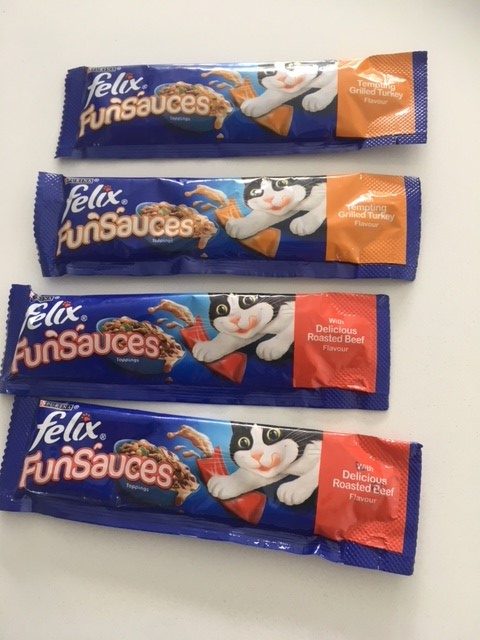
- Soft treats are available or try crushing the crunchier treats with the smooth fillings into smaller pieces.
- Make your own cat smoothies and cat juices as a special treat.
Other considerations for a cat with no teeth
Most cases of cats losing their teeth is due to poor dental hygiene. Left untreated, apart from pain and loss of teeth, the infection can spread to the sinuses, nasal passages and even to the lungs. Your veterinary can decide on the best treatment, and antibiotics may be necessary.
Cats use their teeth to groom, their front teeth are used to remove fleas and ticks, work tangles and matted fur out, and remove anything stuck in their fur that is too deep for their tongues to reach. The back teeth are used to remove worn claw husks and replace them with new sharper claws. Therefore, with only a few, or no teeth, the important process of grooming may become difficult. Keep an eye on the condition of their fur and assist if needed.
Caring for your cat’s teeth
Prevention is always better than cure and it’s advisable to follow a regular healthy dental plan for your cat in order to reduce the risk of oral health problems. Brushing your cat’s teeth daily will prevent the build up of plaque. If you have kittens this will be easier to introduce and implement and it can become part of their daily routine, but this may take longer and require more patience with adult cats. Ensure you use a soft toothbrush designed for cats and toothpaste especially formulated for cats. DO NOT USE human toothpaste on cats – it is toxic to cats. An annual visit to the veterinary for tooth cleaning and to check for any problems will ensure any problems are dealt with quickly before any irreversible damage is done.
Tips on how to brush your kitten or cat’s teeth
- Firstly, let your cat get familiar with the toothpaste taste and texture by putting the cat’s toothpaste on your finger and allowing her to smell it and lick it. Do this for a few days until they seem happy with it.
- Introduce your kitten to brushing by getting your kitten familiar to you placing your finger in her mouth by gently coaxing her mouth open and rubbing her teeth. With adult cats it is best not to put your fingers in their mouth in case you accidentally get bitten. Hold your cat with your back to you as this is less confrontational. Putting some tasty tuna or some sauce from their treats on the toothbrush or your finger may help familiarise the concept of teeth brushing.
- Choose a time of day when you and your cat or kitten are calm and relaxed. If this can be done at the same time every day if will become a routine in time.
- Start using the cat toothpaste on the toothbrush once your cat seems happy and comfortable with the toothpaste and the concept of brushing.
- Do not rush this process, it doesn’t matter how long it takes, it may take a little time especially for adult cats to get used to the toothpaste and the toothbrush.
- Once your cat seems happy then slowly and gently pull back your cat’s lips and simply touch their teeth with the cat toothbrush at first, then stop and reward your cat. Repeat this process for several day.
- Once when they’re completely comfortable with this should you can start gently to brush the teeth by applying the bristles to the teeth at a 45-degree angle, reaching both the tooth surface and just beneath the gum margin, but not directly on the gums. Start slowly and for short periods and don’t forget to reward your cat.
- If you have more than one cat buy them a toothbrush each to avoid transmitting bacteria
If you find tooth brushing at all difficult ask your vet for advice. Most practices offer dental health checks and will be happy to show you how to brush your kitten or cat’s teeth.
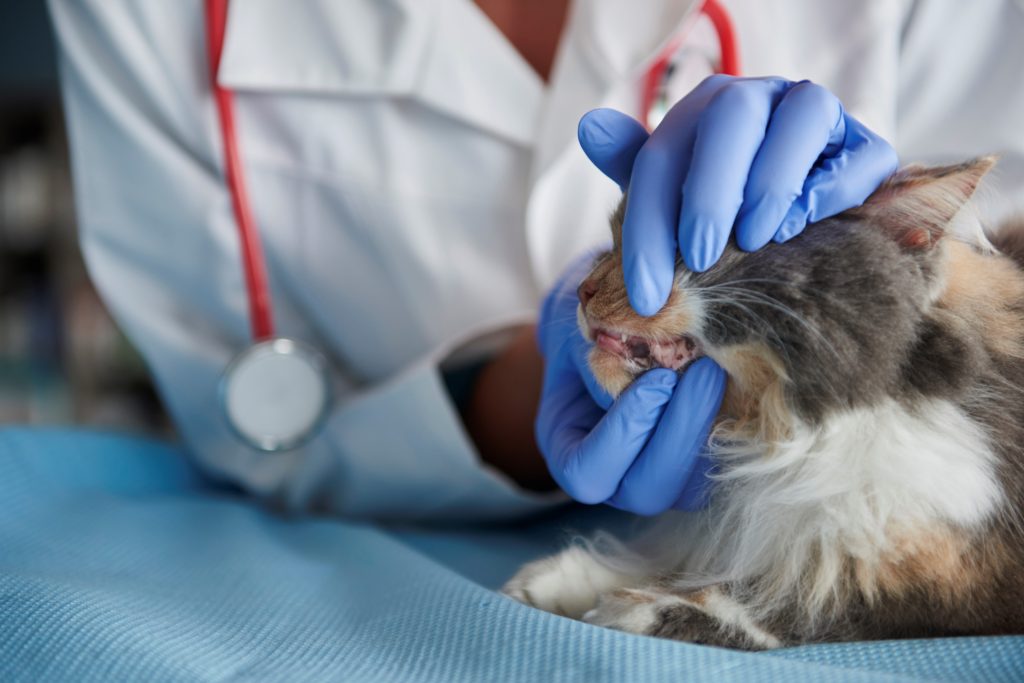
Cat dental care products
Do not despair if your cat simply cannot get accustomed to tooth brushing. If it simply causes too much stress on your cat, then seek advice from your vet about other products you can use. Oral hygiene gels can be used which contain enzymes that inhibit the bacteria that are responsible for plaque formation. These gels can be given to your cat directly or mixed with their food.
Other options include cat dental chews and special dry food diets that contain fibre that scrapes the surface of your cat’s teeth as they chew. Some cats enjoy playing with chew toys, and these can help reduce the build-up of plaque.
These chew toys are great as the netting flosses the teeth and helps remove soft tartar as your cat chews. It contains catnip to tempt the cat to chew and keep their attention
Always seek professional advice if in doubt or you have any concerns regarding the oral health of your cat and kitten. A balanced healthy diet, regular oral care and taking your cat to the vet at the first sign of any tooth, gum or oral problems will help ensure your cat has pain free, healthy teeth during her adult life.
Other articles that you may find helpful:
16 Top tips to ensure the senior years are comfortable for your old cat
Can I give soup / broth to my cat?
Natural and alternative healing for cats – an introductory guide





